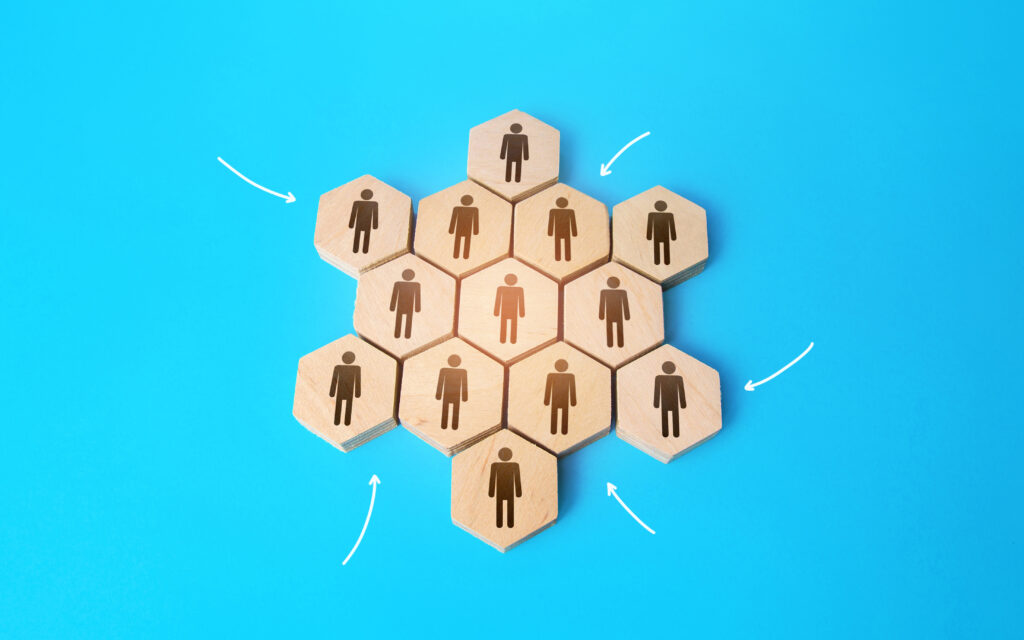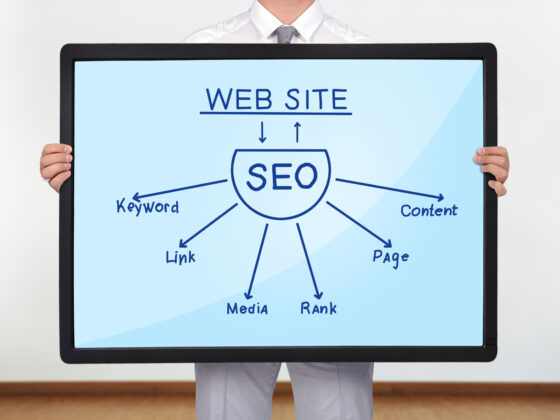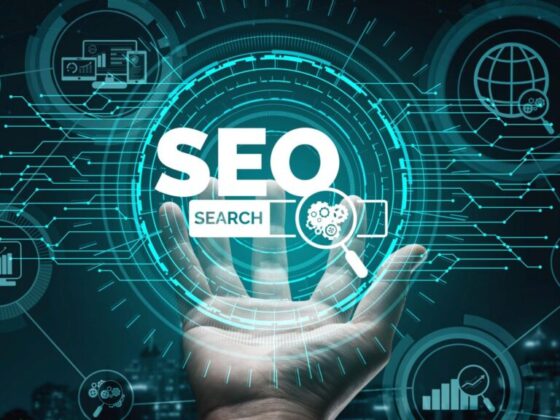As a by-product of profound competition in the digital marketing field, establishing long-term relationships with customers became imperative. The traditional concept of marketing deals with the generation of new leads, while it is equally if not more important to devote attention to retaining customers and nurturing them over time. This is where lifecycle marketing becomes relevant. This seems like a good strategy as it makes sure businesses engage customers at every stage of their journey, right from awareness through post-purchase loyalty.
Lifecycle Marketing enables brands to maintain worthwhile relationships with customers, increase their retention percentage, and subsequently generate revenue. This article will describe the various phases of lifecycle marketing, what exactly it entails, and why it is so relevant to modern business practice.
What is Lifecycle Marketing?
Lifecycle marketing is customer-oriented, which engages potential and existing clients throughout their involvement with a brand. Engaging the customer with personalized, relevant messaging at various touchpoints is how relationships are nurtured and customer experience improved.
Lifecycle marketing’s objective is to take customers through awareness to advocacy, keeping them engageable and encouraging them to remain in contact with the brand. Thus, it creates an opportunity for the business to optimize CLV and maximize revenue as well.
Key Stages of Lifecycle Marketing
Lifecycle marketing consists of several stages, each requiring a different approach to engage and retain customers effectively. The main stages include:
1. Awareness
It’s that time when would-be customers learn about your brand, products, or services through different means such as search engines, social media, adverts, or recommendations from others. Attract and educate your audience at this stage.
Strategies for Awareness:
- SEO-optimized blog content
- Social media marketing
- PPC advertising
- Influencer collaborations
- Video Marketing
2. Engagement
Engagement is the only logical step to take following an awareness of the brand on the part of consumers. Providing quality content and interactive experiences has the power to build their enthusiasm and trust for your brand and the offering it would deliver.
Strategies for Engagement:
- Informative email newsletter
- Webinars and live question-impact-and-answer sessions
- Engaged social media content (polls, quizzes, etc.)
- Lead magnets like free eBooks and templates or case studies
3. Consideration
Customers are going to be judging your brand now whether it is fit for them or not. They will measure products against each other, looking for reviews, and seeking testimonials to help them with their verdict on the final purchase.
Strategies for Consideration:
- True-Life Snippets and Media Reports
- Granularity of Product Comparison Contents
- Personalized Email Campaigns with Special Offers
- Free Trials, On-site Demonstrations
4. Purchase
Conversion is the stage when a customer is buying the product or service. The buying is secured through a smooth purchase experience, incorporating trust signals, as well as an excellent user experience.
Strategies for Purchase:
- User-friendly website and checkout process
- Discounts, limited-time offers, and incentives
- Trust signals like secure payment options and money-back guarantees
- Abandoned cart email reminders
5. Retention
It is not the acquisition that brings the end of an acquired customer, but rather the retention and the encouragement of repeat purchases that go hand in hand with customer success. They are the types of customers who would become brand ambassadors and even refer other people.
Strategies for Retention:
- Personalized email campaigns (loyalty programs, product recommendations)
- Exclusive discounts for returning customers
- Excellent customer support and follow-ups
- Social media engagement and community building
6. Advocacy
Customers happy with a product become advocates of the brand simply by posting positive reviews, referring friends, or simply sharing their experiences with the products. Sometimes, this consumer behavior can be encouraged through marketing strategies to help in achieving organic growth for your brand.
Strategies for Advocacy:
- Referral programs with incentives
- Customer testimonial and review campaigns
- Social media user-generated content (UGC)
- VIP customer programs
Why is Lifecycle Marketing Important?
Lifecycle marketing offers numerous benefits that can transform a business’s growth strategy. Here’s why it is essential:
Increases Customer Retention and Loyalty
While gaining new customers is an expensive affair, keeping existing ones is more economical and profitable. Lifecycle marketing works toward building trust and relationships, which enhances retention.
Boosts Customer Lifetime Value (CLV)
The longer customers stay engaged with a brand, the more they spend over time. By nurturing relationships through lifecycle marketing, businesses can increase their CLV and maximize revenue.
Enhances Personalization
Now a days, a consumer pricks up to personalized experiences. Lifecycle marketing transforms that direct connection with consumers into messages that speak to them based on their behavior, interests, and preferences. It consequently provides deep engagement and higher conversions.
Improves Customer Experience
A seamless and relevant customer journey enhances satisfaction and reduces friction. Lifecycle marketing ensures customers receive the right information and support at each stage, leading to a positive brand experience.
Optimize Marketing Spend
Targeting the right customers at the right stage of their journey minimizes wasted marketing dollars. Businesses can allocate resources effectively, ensuring higher ROI and better campaign performance.

How to Implement an Effective Lifecycle Marketing Strategy
To maximize the benefits of lifecycle marketing, follow these steps:
Understand Your Audience
So, by fitting a standard curve to our data, we can determine valuable information from which more distinct conclusions may be drawn.
Segment Your Customers
Not everyone in your customer base will be at the same stage in the lifecycle. Segmentation is based on demographics, purchase history, engagement levels, and preferences of your audience.
Automate Your Marketing
You may consider CRMs, chatbots, email automation, and other means to enhance flow and metrics within your lead nurturing system.
Leverage Multi-Channel Marketing
Bring customers on board through different channels, ranging from email, social media, and SMS, to paid advertising, and from there create a seamless customer experience to final conversion.
Monitor and Optimize
Consistently analyze key benchmarks conversion rates, client retention, and engagement levels. Adjustments should be made based on metrics to drive improvements to the life cycle marketing strategy.
Conclusion
With life cycle marketing a business can connect to its customers in a strategic way to manage the relationships for all the diverse stages from awareness to advocacy. It is an effective means of engaging the customer, mitigating attrition, and maximizing revenues. A well-designed plan will also ensure that all touch points will be meaningful to the consumer, thereby ensuring customer success for the long haul.
Irrespective of whether you are a startup or an established brand, lifecycle marketing will almost certainly increase. Your marketing ROI and allow you to thrive in today’s competitive landscape.




